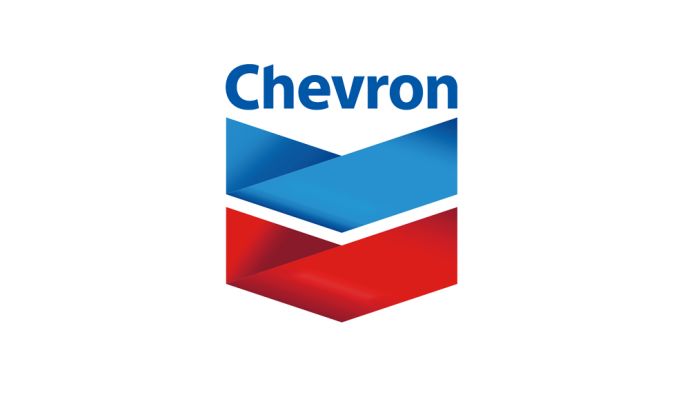The Sea Change, a hydrogen-powered passenger ferry, plies the waters of the San Francisco Bay. The ferry is helping demonstrate the possibilities of hydrogen as a lower carbon alternative in the hard-to-abate maritime industry.
The inaugural voyage of the world’s first commercial passenger ferry powered entirely by hydrogen fuel cells, with zero direct emissions, made history in July in San Francisco, California. The 75-passenger catamaran, aptly named Sea Change, is making short trips between Downtown San Francisco Ferry Terminal and Pier 41, close to the iconic Pier 39. The service is part of a six-month demonstration meant to showcase hydrogen’s potential for lower carbon intensity marine transportation.
Why It Matters
The maritime industry accounts for about 3% of all greenhouse gas emissions, according to the U.S. Department of Energy. To put that into perspective, if the industry were its own country, it would be the sixth-highest greenhouse gas emitter in the world.
Hydrogen fuel cells may provide a new opportunity to lower the carbon intensity of marine operations and other heavy-duty applications, because these fuel cells do not emit carbon while the vehicle is in operation.
“As the technology and policies advance, we expect that the use of hydrogen will also grow, specifically in these use cases that are hard to electrify. A strong spirit of partnership will be needed to do this well and to do it at scale.” stated Michael Hoban, hydrogen general manager
How It Works
The Sea Change demonstrates that hydrogen fuel cells can successfully be used on marine vessels. Fuel cells convert chemical energy from hydrogen and oxygen into electrical energy. They offer lower emissions while operating and never need to be recharged, and their only byproducts are water and heat.
Exploring New Directions
This pilot marks a milestone for hydrogen’s use in the marine transportation sector. Sea Change is a real-world, practical example of how the government and the private sector can work together to tackle the many challenges that can come with deploying new technologies.
“Public and private entities came together to demonstrate the commercial viability of hydrogen and increase consumer confidence in it. Chevron is focused on creating a large-scale hydrogen business that builds on our assets, capabilities and relationships.” stated Elizabeth Vose, Hydrogen Commercial Advisor
The Sea Change offers stunning views and a lower carbon transportation alternative for passengers. For the maritime industry, it offers an example of how hydrogen can support lower carbon intensity marine operations.
Working Together
Chevron contributed financially to support the vessel, owned by SWITCH Maritime. Other organizations that helped bring the project to life include:
- Golden Gate Bridge, Highway and Transportation District
- Blue & Gold Fleet
- United Airlines
The Water Emergency Transportation Authority is in charge of ferry service on the San Francisco Bay and will manage the vessel, which will be crewed by Blue & Gold Fleet.
Source: Chevron





